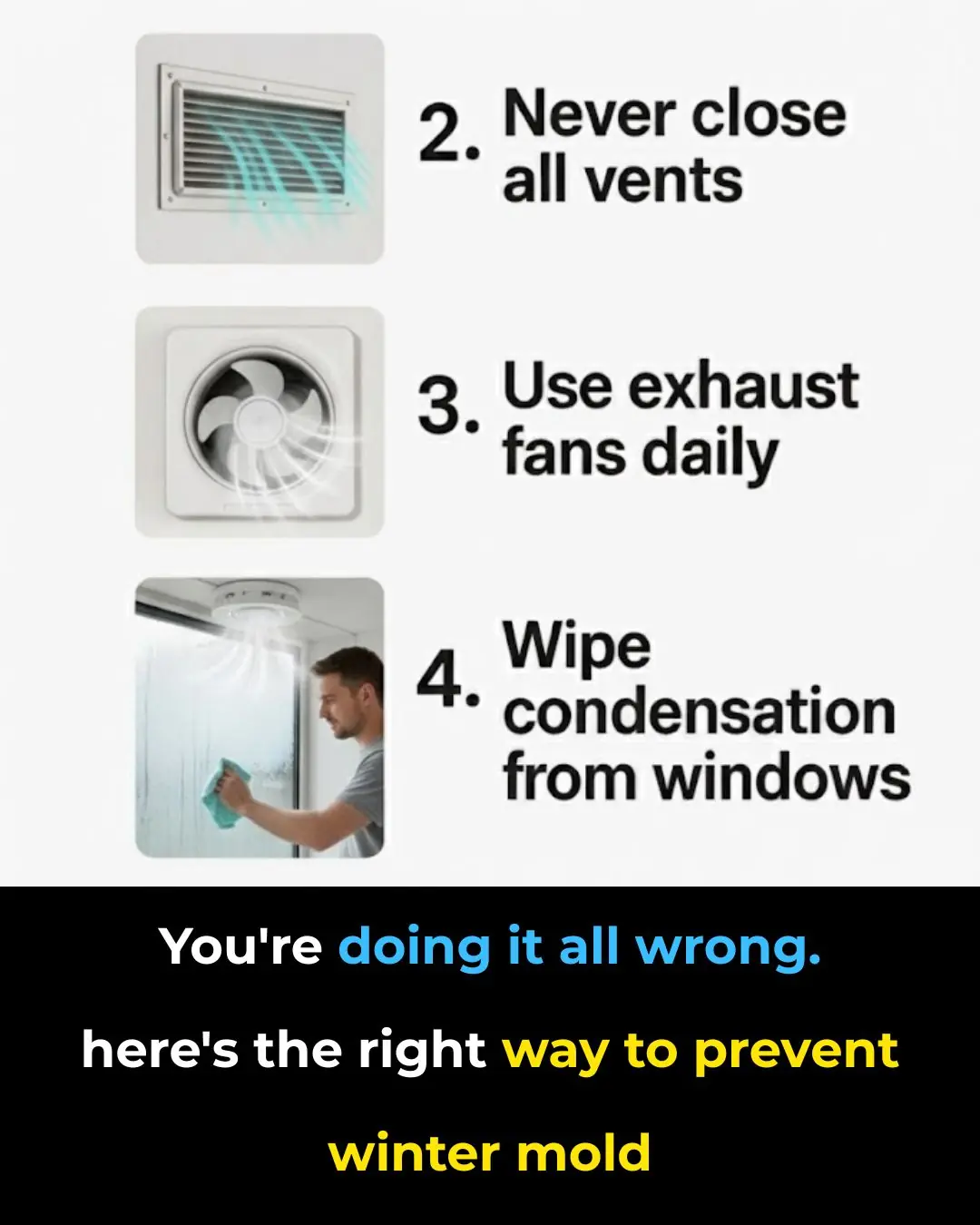
You're Doing It All Wrong: Here’s the Right Way to Maintain Your Furnace Filter
As temperatures drop and furnaces switch into full winter mode, many homeowners overlook one of the most important parts of their heating system: the furnace filter. This simple component affects air quality, energy efficiency, and the lifespan of your furnace. Neglecting it can lead to higher bills, poor airflow, and costly repairs.
Below is the right way to maintain your furnace filter—plus the common mistakes to avoid.
1. Why a Clean Furnace Filter Matters
A clean filter traps dust, pollen, and airborne particles before they circulate through your home. When it gets clogged, airflow drops, the furnace strains to push air through, and efficiency can fall by as much as 15%. This means higher energy costs and more wear on the system. Keeping your filter clean ensures strong airflow and consistent heat.
2. Replace the Filter Every 30 Days in Winter
During heavy winter use, change your filter every 30 days. Even filters labeled “3-month” can fill up faster in homes with pets, many occupants, or poor outdoor air quality. A monthly check or reminder helps prevent airflow issues and keeps your bills lower.
3. Choose the Right Filter Type
Filters come in different sizes and MERV ratings. Residential systems typically use filters rated MERV 1–13. Higher isn’t always better—too high a rating can restrict airflow and strain your system. Always follow your furnace manufacturer’s recommendations to find the right balance of filtration and airflow.
4. Don’t Vacuum Your Filter
Vacuuming doesn’t remove trapped debris and can damage filter fibers, making the filter less effective. Always replace a dirty filter with a new one instead of trying to clean it.
5. Follow the Airflow Arrows
A common mistake is installing the filter backwards. The arrows on the filter should point toward the furnace, showing the direction of airflow. Installing it the wrong way can collapse the filter or allow dust to bypass it entirely.
6. Keep Extra Filters on Hand
Store a few spare filters near your furnace so replacements are quick and convenient. This prevents procrastination and ensures your system stays in peak condition all season long.
7. Avoid Installation Errors
Make sure the filter fits snugly in the slot. A filter that’s too big or too small can create gaps where unfiltered air slips through. Measure your slot before buying replacements and check for debris in the compartment during each change.
8. Popular Hacks: What Works—and What Doesn’t
Trends like adding essential oils to the filter or trying to “extend” its life often backfire, restricting airflow or attracting more dust. Stick with proven practices: correct sizing, proper MERV rating, and regular replacement.
9. How a Dirty Filter Raises Your Energy Bill
A clogged filter forces your furnace to work harder and use more energy. Replacing a dirty filter can reduce heating (and cooling) energy consumption by 5–15%. Over time, this small habit makes a big difference on your utility costs.
10. Signs You Need to Replace Your Filter Immediately
Replace the filter right away if you notice:
-
More dust than usual around the house
-
Weak airflow from vents
-
A musty smell from the furnace
-
Increased sneezing or allergy symptoms
These are early warnings that your filter is no longer functioning properly.
11. Environmental Benefits of Proper Filter Care
Maintaining your filter helps your furnace use less energy, reducing your carbon footprint. When disposing of old filters, check whether your local recycling program accepts them—many do.
News in the same category


All-new Emmerdale spoilers for next week: Horrifying death twist for Bear and Robert plots to get rid of Kev for good

Ariana Grande’s ‘Wicked’ costar speaks out after Singapore attack on actress: ‘You’re a bad person’

‘Jada Bout to Set That Red Table’: Jada Pinkett Smith Fans Warn Rapper Yo-Yo Over Her Shocking Confession About Tupac

Not Tea or Coffee: The “Golden” Drink That Protects the Heart and Prevents Stroke in People Who Sit a Lot

You're Doing It All Wrong: Here’s the Right Way to Set Your Thermostat in Winter

You're Cleaning Your Humidifier All Wrong — Here’s the Safe, Effective Way to Do It

You're Fighting Winter Mold the Wrong Way — Here’s How to Stop It for Good

‘Go Back Home Friend’: Vince Herbert’s Slim, Unrecognizable New Look Has Fans Telling Tamar Braxton It Might Be Time to Spin the Block

‘Simon Sent Them’: Porsha Williams’ Meltdown on Flight Lands Her on FBI Radar as Fans Point to Ex Simon Guobadia After He Fires Off Cryptic Post

‘Should Know Better’: Young Louisiana Boy Stands Up to White Man Who Called Him a Slur in a Wild Caught-on-Camera Exchange

‘I Was Drugged… I Was Violated’: Cardi B’s New Babby Daddy and NFL Star Stefon Diggs Is Fighting Back Against Hideous Allegations By Influencer Chris Blake Griffith

Kim Kardashian and Britney Spears cozy up in bed during fun-filled sleepover with Khloé

Jets cornerback Kris Boyd in critical condition after NYC shooting

Priceless: Watch This Toddler With Hydrocephalus Take His First Steps

Katie Price reignites war of words over daughter Princess as she urges teen to tell ‘the truth’

Meet the Black Creatives Behind Tāst Coffee, D.C.’s Bold New Force in Specialty Coffee

Robbie Williams claims weight-loss jab is damaging his vision but vows to stay on it ‘until sight in one eye has completely gone’

All The Feels: Brother And Sister Meet For The First Time After 19 Years Apart
News Post

April in danger: Fans think unlikely character will rescue her after tense Emmerdale scenes

The Man in Dust and the Princess in Pink.

The Day Colin Farrell Chose Love Over Wildness.

The Man Who Began His Life in Chains and Ended It as an American Art Legend.

All-new Emmerdale spoilers for next week: Horrifying death twist for Bear and Robert plots to get rid of Kev for good

Unlock Energy Savings: How Proper Use of Your Refrigerator’s Temperature Control Button Can Cut Costs

Eggs in Pregnancy: How They Can Supercharge Your Baby’s Brain Development

Scientists Achieve Breakthrough in Reversing Human Skin Cell Aging by 30 Years: A New Era for Anti-Aging and Regenerative Medicine

Eating Eggs Weekly May Reduce Alzheimer’s Risk by 47%: What New Research Reveals

The Little Warrior and the Leather-Clad Angels.

The Miracle in the Storm.

A Blanket in the Cold.

Experts reveal 10 baby names parents should avoid in 2026 as popular names that are set to go extinct revealed

The Real Reasons Men Stay in Relationships With Women They Don’t Love

The best way to lower blood sugar fast!

Signs of pancreatic cancer you should never ignore

Ariana Grande’s ‘Wicked’ costar speaks out after Singapore attack on actress: ‘You’re a bad person’

‘Jada Bout to Set That Red Table’: Jada Pinkett Smith Fans Warn Rapper Yo-Yo Over Her Shocking Confession About Tupac
